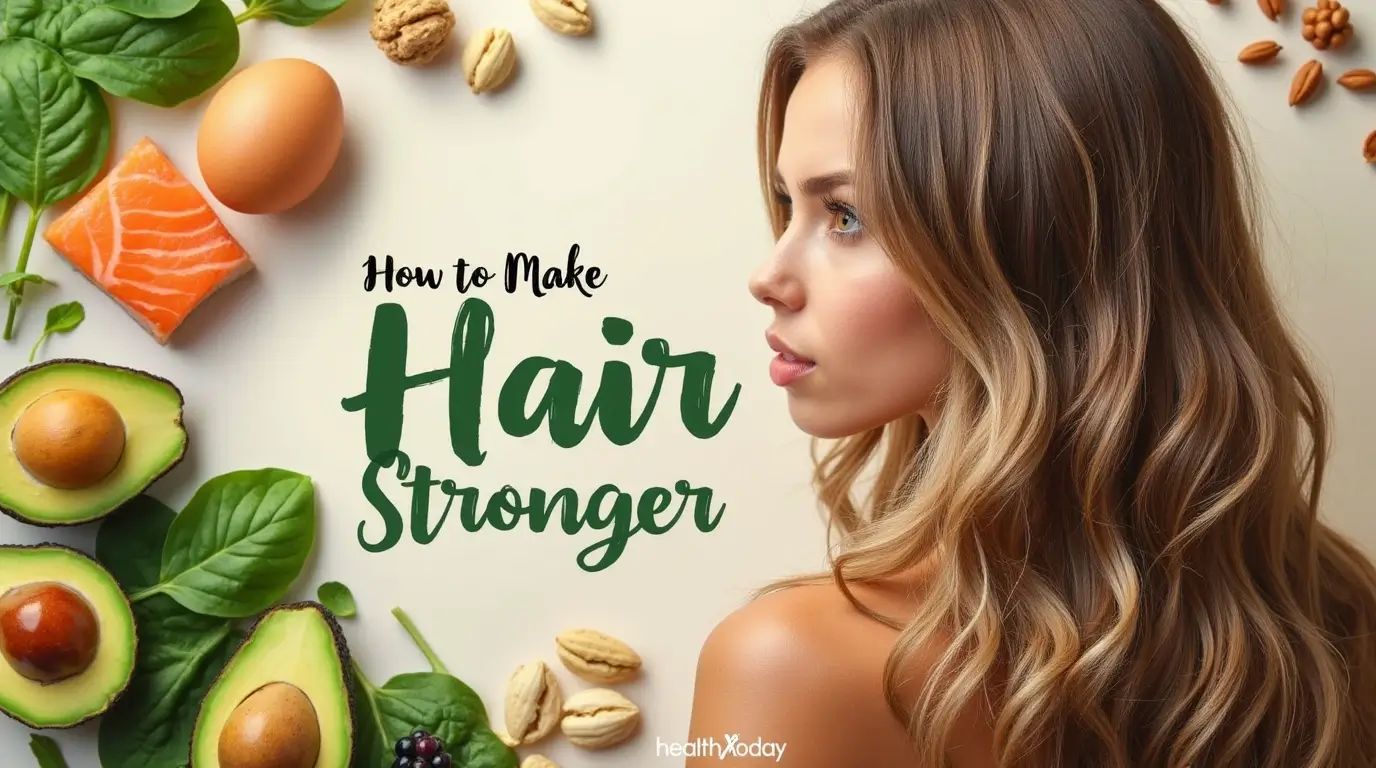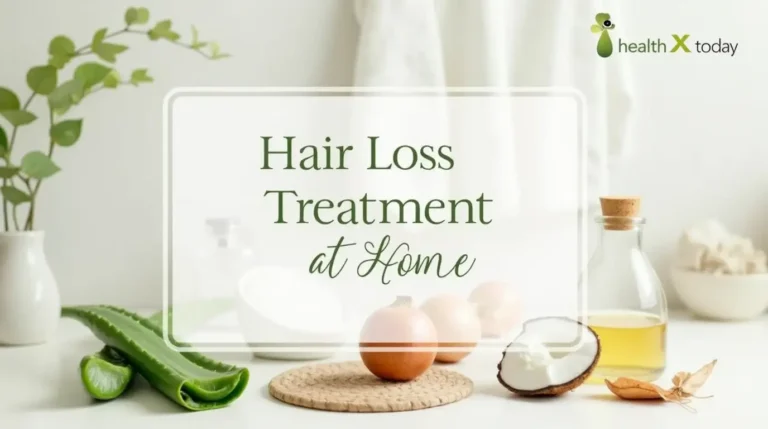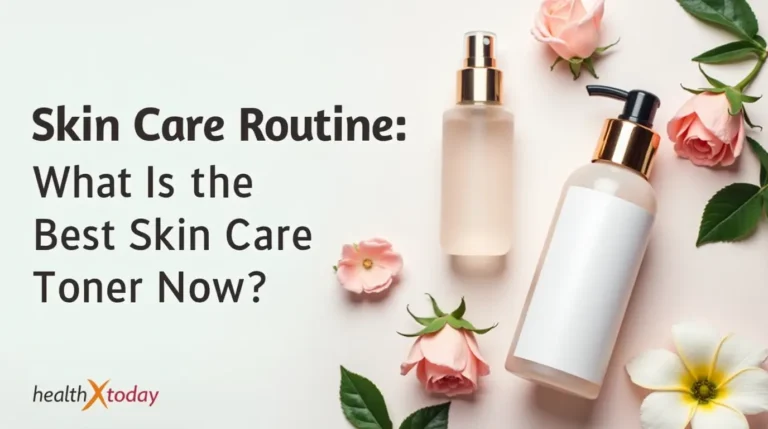We envision a world where everyone has the tools and knowledge to live a balanced, healthy, and fulfilling life. By providing reliable resources, personalized programs, and community support, we aim to be a beacon of hope for those on their health journey.
Table of Contents
Understanding Hair Structure
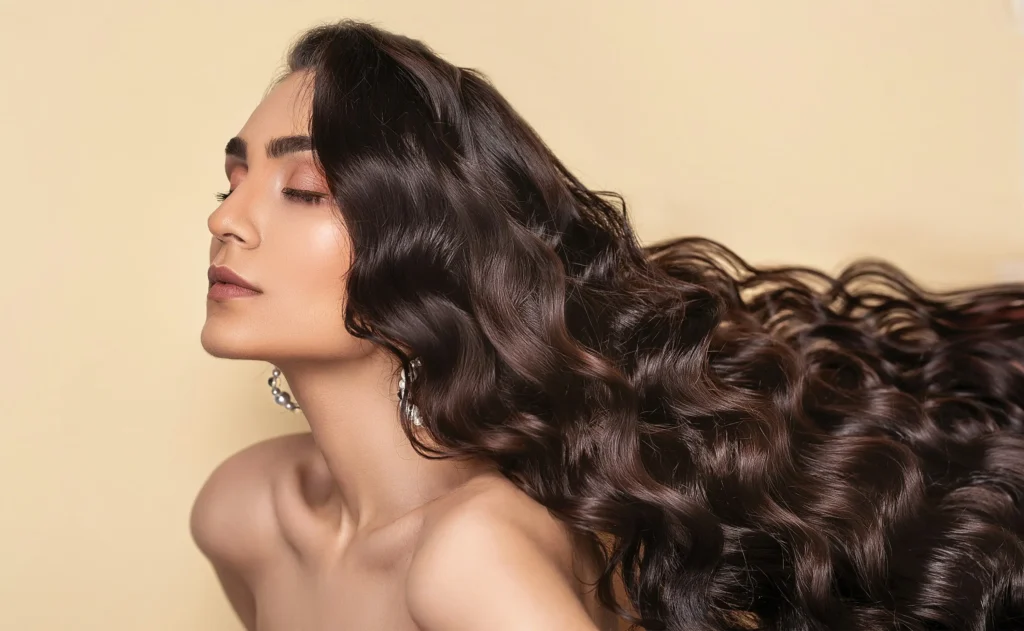
how to make hair stronger
The anatomy of hair is complex, consisting of three primary layers: the cuticle, cortex, and medulla. Each of these layers plays a distinct role in contributing to the overall strength and resilience of hair, making it essential to understand their functions when aiming to enhance hair health.
The outermost layer, the cuticle, comprises overlapping cells that protect the inner layers from environmental damage and chemical exposure. Read about: Natural Oils for Hair Growth; This layer acts as a barrier against physical stresses, UV rays, and moisture loss, playing a crucial role in maintaining hair strength. If the cuticle is healthy and intact, it works effectively to lock in moisture, leading to stronger and shinier hair.
Lastly, the medulla is the innermost layer, primarily found in thicker strands of hair. Its exact function remains somewhat unclear, as it is absent in some hair types. However, it is believed to contribute to the overall weight and structural integrity of the hair. While not as crucial as the cuticle and cortex, it provides additional support, especially in coarser hair types.
In addition to these structural considerations, the protein structure and moisture levels within the hair are vital to its health. Adequate hydration and nourishment help maintain the integrity of the cuticle and cortex, ultimately fostering stronger, more resilient hair. Thus, understanding the anatomy of hair provides valuable insights into effective care practices and products designed to enhance hair strength.
Common Causes of Weak Hair
Weak hair can result from a variety of factors that influence its strength and overall health. Understanding these causes is crucial for anyone seeking to improve the condition of their hair. One of the primary environmental stressors includes exposure to harsh weather conditions such as extreme heat, cold, and humidity. These factors can strip hair of its natural moisture, leading to dryness and breakage.
Chemical treatments such as coloring, perming, or relaxing can also contribute significantly to hair weakness. These procedures often involve the use of harsh substances that can alter the hair’s natural structure, making it more susceptible to damage. Frequent application of these chemicals can weaken the hair shafts over time, resulting in split ends and brittleness.
Another critical component to consider is nutritional deficiencies. Hair requires various vitamins and minerals, including iron, zinc, and biotin, to maintain its strength and luster. A diet lacking essential nutrients can lead to weaker hair and increased hair loss. Furthermore, the effects of dehydration should not be overlooked, as insufficient water intake can cause the hair to become dry and brittle.
Improper hair care practices also play a vital role in the health of your hair. Over-washing can remove natural oils, while infrequent washing may lead to product build-up, both of which can affect hair strength. Additionally, using the wrong hair care products, such as those containing sulfates or parabens, can exacerbate hair damage. Recognizing the warning signs of weak hair, such as excessive shedding, frizz, and lack of elasticity, is imperative for taking timely action.
Addressing these factors can significantly improve ha-ir strength and overall health, helping you achieve the full potential of your hair’s beauty.
Nutritional Factors for Stronger Hair
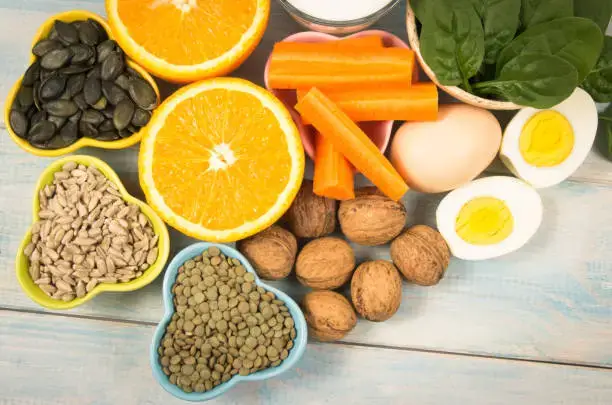
The strength and overall health of ha-ir are significantly influenced by the nutrients available in one’s diet. Essential vitamins and minerals play a crucial role in maintaining hair strength, and a well-balanced diet can help achieve this objective effectively. Among the vital nutrients, biotin stands out as a powerhouse for ha-ir health. Often referred to as vitamin B7, biotin is essential for the production of keratin, the primary protein that makes up ha-ir. Foods rich in biotin include egg yolks, almonds, and spinach, making it important to include these sources in daily meals.
Moreover, vitamins A, C, and E contribute to ha-ir vitality. Vitamin A supports the production of sebum, a natural conditioner produced by the scalp, which helps keep ha-ir moisturized. Rich sources of vitamin A include sweet potatoes and carrots. On the other hand, vitamin C is crucial for collagen production and aids in the absorption of iron, thereby preventing ha-ir loss. Citrus fruits, strawberries, and bell peppers are excellent sources of vitamin C. Likewise, vitamin E acts as an antioxidant, helping to repair and build tissue, which is beneficial for healthy ha-ir growth. Nuts, seeds, and leafy greens provide ample vitamin E.
In terms of minerals, zinc is another essential factor for strong ha-ir. Deficiency in this mineral can lead to ha-ir thinning. Foods like lentils, chickpeas, and shellfish are great additions to one’s diet to boost zinc levels. Additionally, consuming adequate protein is fundamental, as ha-ir is primarily composed of protein. Incorporating lean meats, eggs, dairy products, and legumes into meals can support ha-ir strength. If dietary adjustments are challenging, consider supplements after consulting a healthcare provider. By ensuring a nutrient-rich diet, one can lay a strong foundation for healthier and stronger ha-ir.
Choosing the Right Hair Care Products
Selecting the appropriate hair care products is crucial for maintaining and enhancing the strength of your ha-ir. With a market flooded with various options, it can be overwhelming to determine which shampoos, conditioners, and treatments will best fortify your ha-ir. One of the first steps is to be mindful of the ingredients listed on product labels. Avoiding products that contain harmful chemicals, such as sulfates, parabens, and formaldehyde, is a good practice. These substances can strip your ha-ir of its natural oils, leading to dryness and breakage.
Instead, look for ha-ir care products enriched with beneficial ingredients that promote hair strength and health. Keratin is a vital protein that naturally occurs in ha-ir and is essential for maintaining its structural integrity. Shampoos and conditioners that contain keratin can help repair damage and reinforce the ha-ir shaft. Similarly, organic oils such as argan oil, coconut oil, and olive oil are well-known for their nourishing properties. These natural oils provide moisture and shine while also helping to reduce frizz and strengthen the ha-ir.
In addition to keratin and natural oils, look for moisturizing agents like glycerin and aloe vera. These ingredients not only hydrate the ha-ir but also create a protective barrier against environmental damage. When selecting a conditioner, focus on products formulated to provide deep conditioning, especially if you have dry or damaged ha-ir. Regular use of deep conditioning treatments can significantly improve your hair’s resilience and overall appearance.
Ultimately, choosing the right ha-ir care products involves understanding your ha-ir type and its specific needs. By making informed choices and prioritizing products with beneficial ingredients, you can effectively fortify your ha-ir, making it more robust and less prone to damage.
Implementing a Healthy Hair Care Routine
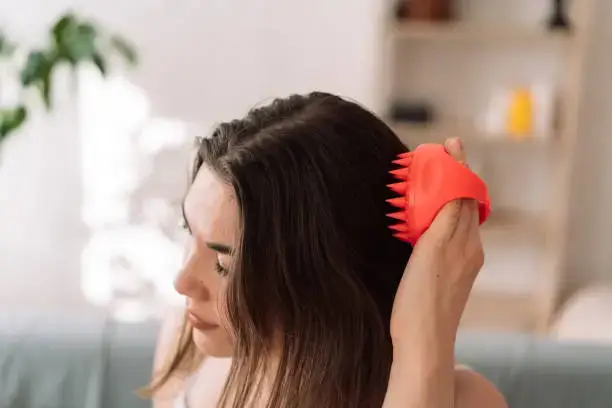
Establishing a healthy ha-ir care routine is vital for anyone looking to strengthen their ha-ir and promote overall ha-ir wellness. The first step is determining the appropriate washing frequency, which can vary depending on ha-ir type and lifestyle. For instance, individuals with oily ha-ir may need to shampoo daily, while those with dry or curly ha-ir might benefit from washing their ha-ir less frequently, possibly only two to three times a week. It is essential to use a sulfate-free shampoo that cleanses the scalp without stripping away essential oils, thereby maintaining moisture levels.
After washing, the drying technique plays a crucial role in ha-ir health. Gently patting the ha-ir with a soft towel rather than vigorously rubbing it can significantly reduce damage. Ideally, air drying should be employed as the primary method of drying. However, if heat styling tools are necessary, it is advisable to use them at the lowest temperature and always apply a heat protectant beforehand. Such practices can help mitigate heat-related damage, which is especially important for maintaining the strength and integrity of strands.
When it comes to styling practices, utilizing gentle techniques is key to preserving ha-ir strength. Avoid tight hairstyles such as braids or ponytails that can stress the ha-ir shaft and lead to breakage. Instead, consider alternative hairstyles that minimize tension on the ha-ir, such as loose buns or braid-outs. Moreover, regular trimming every six to eight weeks can help eliminate split ends, contributing to the overall health and appearance of ha-ir.
Incorporating these elements into a consistent ha-ir care routine not only promotes stronger ha-ir but also fosters a healthier scalp environment, facilitating optimal growth and resilience against everyday damages.
The Benefits of Scalp Health
The health of your scalp is foundational to achieving stronger ha-ir. The scalp serves as the skin layer that covers and protects ha-ir follicles, thereby significantly influencing hair growth and overall strength. When the scalp is healthy, ha-ir tends to grow more vigorously and is less prone to breakage. Conversely, conditions such as dandruff, dryness, and inflammation can adversely affect the ha-ir growth cycle, leading to thinner, weaker strands.
Regular cleansing is essential for maintaining scalp health. It helps remove dirt, excess oil, and buildup from styling products that can clog hair follicles. A clean scalp promotes optimal ha-ir growth by allowing follicles to breathe and absorb nutrients. It is recommended to use a gentle, sulfate-free shampoo that does not strip away essential oils, thereby preventing dryness. Cleansing frequency may vary based on ha-ir type and individual needs, but twice a week is a standard guideline for most people.
Exfoliation is another vital step towards ensuring a healthy scalp. This process removes dead skin cells and encourages blood circulation, which in turn stimulates ha-ir follicles. Scalp scrubs or gentle exfoliating treatments can be employed to provide this benefit, ideally once a month. These products help prevent scaly buildup and can enhance the effectiveness of ha-ir treatments that follow.
Moisturizing the scalp is equally important for ha-ir strength. A well-hydrated scalp can significantly minimize dryness and flakiness, while also reducing the risk of dandruff. Oils such as jojoba, coconut, and argan oil can deliver much-needed hydration while encouraging a balanced scalp environment. This moisture balance creates a conducive setting for ha-ir follicles to thrive, ultimately contributing to stronger, healthier ha-ir. Proper scalp care, through cleansing, exfoliating, and moisturizing, fosters an optimal environment for ha-ir growth, ensuring that your strands are robust and resilient.
Home Remedies for Stronger Hair
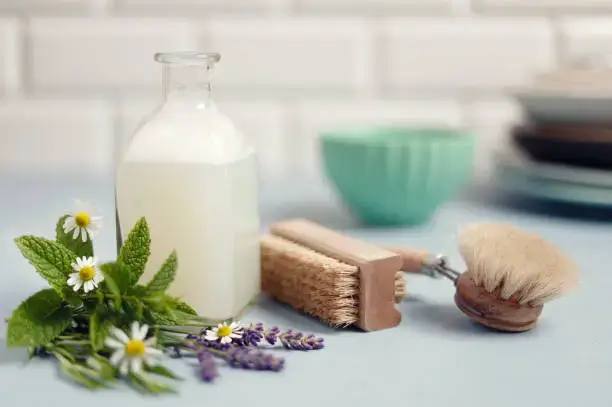
Natural ingredients have long been celebrated for their ability to nourish and strengthen ha-ir. Incorporating home remedies into your ha-ir care routine can provide essential nutrients, leading to healthier and stronger locks. Below are some effective recipes for ha-ir masks and treatments that you can easily prepare at home.
One of the simplest yet most effective ha-ir treatments is an egg ha-ir mask. Eggs are rich in protein, which is vital for strong hair. To create this mask, whisk two eggs and apply the mixture to damp ha-ir, ensuring even coverage from the scalp to the ends. Leave the mask on for about 30 minutes before rinsing it out with cool water. This treatment not only strengthens ha-ir but also promotes shine and elasticity.
Another enriching remedy involves using honey, known for its natural moisturizing properties. To prepare a honey hair mask, combine two tablespoons of honey with one tablespoon of olive oil. Apply this mixture to your ha-ir, focusing on the tips, where damage is often more pronounced. After allowing it to sit for 20-30 minutes, wash it out with your regular shampoo. This mask can help seal in moisture and add softness, contributing to overall ha-ir strength.
Avocado is also a powerful ingredient that can enhance hair strength. To create an avocado ha-ir mask, mash one ripe avocado and mix it with a tablespoon of coconut oil. Apply this creamy mix to your ha-ir and leave it on for 30 minutes. Rinse thoroughly to reveal smoother, stronger ha-ir. The healthy fats and vitamins found in avocado nourish the scalp and promote strong, resilient strands.
Integrating these home remedies into your routine not only helps in achieving stronger ha-ir but also offers a cost-effective and chemical-free alternative. Experimenting with these natural ingredients can lead to impressive results, ensuring your ha-ir remains healthy and vibrant.
Professional Treatments for Hair Strengthening
When it comes to making ha-ir stronger, various professional treatments are available at salons that can significantly enhance its health and resilience. One of the most popular options is deep conditioning treatments. These treatments often utilize rich, nourishing masks that penetrate the ha-ir shaft. They effectively replenish moisture and repair damage caused by environmental factors, heat styling, and chemical processing. Regular deep conditioning can leave ha-ir looking shinier, feeling softer, and significantly more manageable.
Another widely sought-after treatment is keratin therapy. This method involves applying a keratin-based solution to the ha-ir, which is then sealed with heat. Keratin treatments help in smoothing the hair’s cuticle, thereby reducing frizz and adding a protective layer against damage. With the ability to last several months, keratin treatments appeal to those seeking to maintain stronger, straighter, and more polished ha-ir. However, it’s important to note that some keratin treatments contain formaldehyde, which may pose health risks during application. Before committing to this treatment, discuss potential side effects with a professional stylist.
Regular trims also play a critical role in maintaining ha-ir strength. Although trimming may seem counterintuitive for length, removing split ends prevents the damage from progressing further up the ha-ir shaft. This simple yet effective practice promotes healthier growth and maintains ha-ir structure, making it appear thicker and more resilient over time. Combining trims with other professional treatments can significantly improve overall ha-ir strength and appearance.
In essence, while each professional treatment offers unique benefits, it is crucial to consider individual hair types and needs. Consulting with a professional stylist can aid in determining the best approach to achieve stronger, healthier ha-ir.
Lifestyle Habits for Healthy Hair Growth
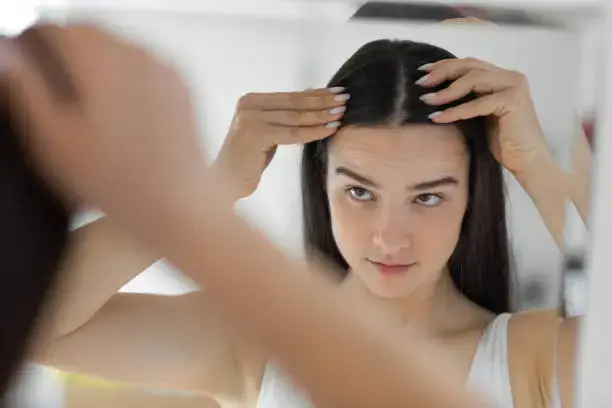
Achieving stronger and healthier ha-ir is not solely determined by the products one uses, but also significantly influenced by various lifestyle choices. A holistic approach to ha-ir health encompasses managing stress, maintaining hydration, ensuring adequate sleep, and avoiding detrimental habits such as smoking and excessive alcohol intake.
Stress management is paramount for overall health, including hair vitality. When individuals experience chronic stress, the body’s hormonal balance is disrupted, potentially leading to ha-ir loss. Implementing stress-reduction strategies such as mindfulness, meditation, yoga, or engaging in regular physical activity can mitigate these effects. These practices enhance relaxation and directly contribute to an improved environment for ha-ir growth.
Hydration is another essential factor influencing ha-ir strength. The human body consists largely of water, and adequate hydration is vital for optimal function, including ha-ir follicle health. Drinking sufficient water daily helps in maintaining moisture levels, thus preventing ha-ir from becoming brittle and prone to breakage. Additionally, incorporating foods rich in water content, such as fruits and vegetables, can further support hydration.
Sleep plays a crucial role in physiological repair processes, including cellular regeneration, which extends to hair follicles. During deep sleep, the body promotes the release of growth hormones that are beneficial for hair growth. Establishing a regular sleep schedule and aiming for seven to nine hours of quality sleep each night can greatly enhance ha-ir health.
Furthermore, avoiding smoking and excessive alcohol consumption is critical for maintaining strong ha-ir. Smoking can restrict blood flow to the scalp, thus inhibiting nutrient delivery to hair follicles. Excessive alcohol can lead to dehydration and nutrient deficiencies, both of which can adversely affect ha-ir vitality. By making informed lifestyle choices, individuals can foster an environment that supports stronger, healthier ha-ir growth.
Did You Try this tips ?
There are no reviews yet. Be the first one to write one.
blood work brain health climate health diabetes treatments digestive health disease management disease mapping exercise plan fitness tips hair care hair growth hair treatment headache treatment health care health expenses health foods health insurance health secrets health tips healthy alternatives healthy habits healthy recipes heart health home workouts immune boost immune foods keto delivery lifestyle diseases medicine innovation mental health morning exercise natural remedies nutritional advice raw nutrition skin cancer skin care skin health sleep exercise sleep technology telemedicine services telemedicine solutions unhealthy habits viral threats walking benefits weight loss
